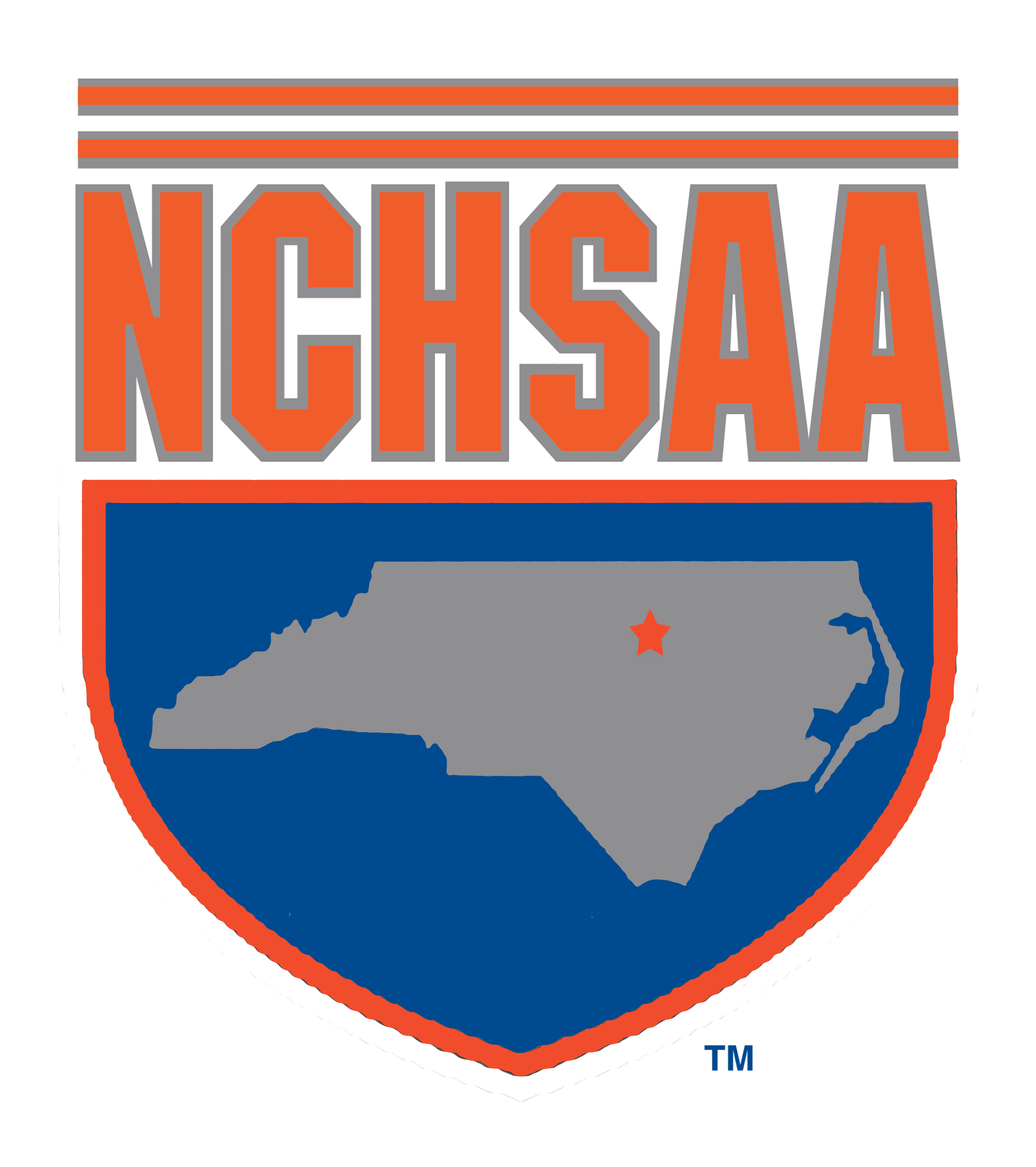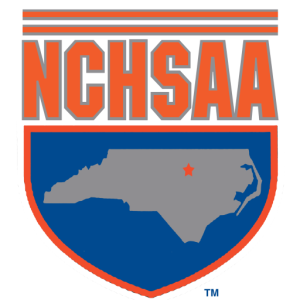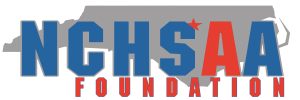ADDITIONAL RULES APPROVED IN HIGH SCHOOL FOOTBALLREGARDING HELMETS COMING OFF PLAYERS
special from the National Federation
INDIANAPOLIS— In an effort to continue minimizing the risk of injury in high school football, three additional rules will take effect next season to address helmets coming off players’ heads during games.
These three risk-minimization additions were among 10 rules changes approved by the National Federation of State High School Associations (NFHS) Football Rules Committee at its January meeting in Indianapolis. All rules changes were subsequently approved by the NFHS Board of Directors.
As a follow-up to last year’s rules change that requires players to sit out one play if their helmet comes off while the ball is live, the committee approved three additional rules that are extensions of last year’s change.
An illegal personal contact foul was added to Rule 9-4-3 to state that “no player or nonplayer shall initiate contact with an opposing player whose helmet has come completely off.”
In addition, a new listing in Rule 9-6-4 will state that it is illegal participation “for a player whose helmet comes completely off during a down to continue to participate beyond the immediate action in which the player is engaged.”
“With its continued focus on risk minimization, the committee determined that a helmet-less player shall not block, tackle or otherwise participate beyond the immediate action in which the player is engaged when the helmet came completely off,” said Bob Colgate, NFHS director of sports and sports medicine. “The penalty would be a live-ball, basic-spot foul.”
The committee also added language to Rule 3-5-10 to clarify that if the helmet comes completely off during the down or subsequent dead-ball action related to the down – and is not directly attributable to a foul by the opponent – the player must leave the game for at least one down, with the exception of halftime or overtime intermission. When this occurs, an official’s time-out shall be called.
“Player safety has been and will continue to be the top priority for members of the NFHS Football Rules Committee,” said Brad Garrett, chair of the NFHS Football Rules Committee and assistant executive director of the Oregon School Activities Association. “These rules changes regarding helmet-less players are more examples of the group’s commitment to minimize risk within the game.”
Perhaps the most significant rules change next season will be one that reduces the penalty for pass interference. While the 15-yard penalty will remain for both offensive and defensive pass interference, the loss of down has been removed for offensive pass interference and the automatic first down has been eliminated for defensive pass interference.
“Offensive and defensive pass interference and the penalty structure related to these fouls has been debated many times in recent years,” Garrett said. “Proposals that either deleted the loss of down or the automatic first down – but not both – failed to gain support among committee members. The proposal to eliminate both components, thus not upsetting the balance between offense and defense, was the key factor in the adoption of the new rule.”
Another change at high school football games next year will be the expanded use of communication devices. In specific situations, coaches, players and nonplayers will be allowed to use any form of communication technology.
This expansion of the rule allows the use of communication devices during authorized conferences outside the nine-yard marks, on the sidelines and during the halftime intermission. Use of communication devices by players except conferences outside the nine-yard mark continues to be prohibited.
In Rule 2-4-1, the committee clarified the rule approved last year regarding the definition of a catch, which stated that a receiver is required to establish possession of the ball and contact the ground inbounds while maintaining possession – regardless of the opponent’s action.
“The committee clarified the definition of a catch such that an airborne player who has forward progress stopped inbounds and is carried out of bounds by an opponent before contacting the ground is awarded a catch at the spot of forward progress,” Colgate said.
In Rule 9-3-8, the committee added another provision to the rule enacted last year regarding contact by the kicking team against members of the receiving team. The new provision stipulates that the kicking team may initiate contact once the receiving team has initiated a block within the neutral zone.
The committee also approved the addition of a 15-yard penalty to the existing option of accepting an awarded fair catch for kick-catch interference.
Finally, in Rule 8-3-3, the committee clarified that the touchdown scoring team is the only team that can score on a try, and in Rule 1-5-3 the committee modified the rule regarding the wearing of towels.
Football is the No. 1 participatory sport for boys at the high school level with 1,121,744 participants in the 2011-12 school year, according to the High School Athletics Participation Survey conducted by the NFHS through its member state associations. In addition, the survey indicated there were 1,805 girls who played football in 2011-12.


